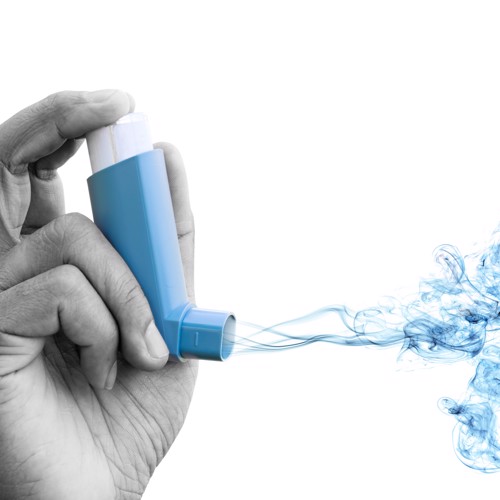It’s not what you’ve got, it’s how you use it
NO
PHARMACEUTICAL INFLUENCE
It’s not what you’ve got, it’s how you use it

Dave has had asthma since he was a kid. He’s 45 now. He knows asthma. “You can’t teach an old dog new tricks”.
But I still need to do an asthma review and as embarrassing as it may be going through some very basic questions with Dave about his condition we’re going to do it and the box is getting ticked.
Turns out Dave has wheeze most days of the week. Sometimes it keeps him awake at night. “It’s normal for me, I just deal with it, get on with life.” Getting on with life included two courses of pred last year and a trip to A&E.
I’m thinking about escalating his treatment regime then we get to the bit I hate – inhaler technique. I don’t have asthma, so I’ve never used an inhaler. No one’s ever shown me how to use an inhaler except my friend Simon in school who always needed his blue puffer after football. In hindsight, I’m pretty sure Simon wasn’t using it right. Anyway, Dave’s an expert so perhaps this is my opportunity to learn.
He pulls out his blue inhaler – “this usually works a treat until it doesn’t, the other one [he alludes to the brown variety] does nothing” – gives it a hard shake, sticks the end in his mouth, presses the cannister down, then takes a quick breath in. It reminds me of Simon. Even I can see it isn’t right and about as effective as licking the medicine off the table.
It’s easy to overlook inhaler technique as an important part of asthma care. In the real world, most people don’t use their inhaler correctly. Back in 2011 a study published in the Journal of Asthma (does what it says on the tin) of 145 people with asthma found only 17% demonstrated correct technique. This improved to 100% after some brief education from a trained community pharmacist. However, at a 1 month follow up visit 39% were once again using their inhalers incorrectly.
This tells us inhaler technique deteriorates with time. And that checking it over the phone doesn’t really work (“How’s your inhaler technique?” “Very good, I think, Doc.” “Great, that’s a tick then…” – we’ve all been there…). And that I need to upskill on my inhaler technique.
One of the most important aspects to inhaler technique is using the right type of breath in for the right type of inhaler.
- Metered dose inhalers require a slow and steady breath over about 5 seconds while pressing down on the cannister.
- Dry powder inhalers require a quick and deep breath
Most patients actually use the technique required for DPIs with their MDIs – we instinctively attempt to match the speed of the propellant but this is futile and less effective. Inhaler technique is generally better with DPIs and this is likely to be why they demonstrate better outcomes than metered dose equivalents.
Asthma + Lung UK website has a comprehensive suite of videos on inhaler technique (for 15 different types of inhaler!) Each is about 2 minutes long, very clear and easy to digest.
As I watch the video with Dave (and text him the link) I realise you can teach an old dog new tricks. I’ve learned something today.
Of course, Dave may need more than just improved inhaler technique to get his asthma controlled. How can we optimise his asthma care? How can we do this in an environmentally sustainable manner?
Join us on Tuesday 17th May at 8pm for our FREE Hot Topics clinic in Improving Asthma Care and Thinking Green and we will show how these issues may even complement each other.
Dr Neal Tucker
5th May 2022
Join us at one of our upcoming courses or live webinars

Recent NB Blogs
Need an immediate update? – all our courses are available on demand
Did you find this useful?
You can quickly add CPD to your account by writing a reflective note about the It’s not what you’ve got, it’s how you use it post you've read.
Log in to your NB Dashboard and use the 'Add Reflective Note' button at the bottom of a blog entry to add your note.

